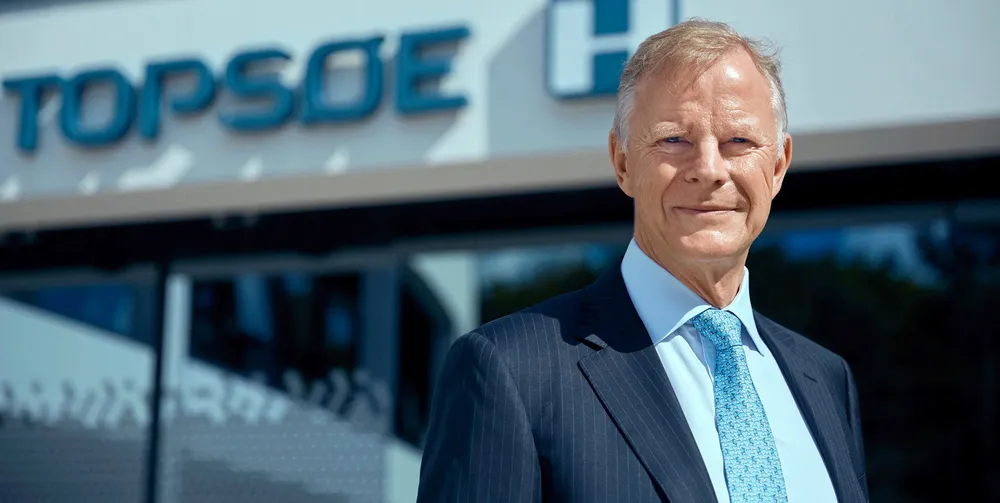World's first large-scale SOE electrolyser factory could cut cost of green hydrogen by 20%
Haldor Topsoe's automated facility will build electrolysers that require 30% less electricity than alkaline and PEM machines to produce the same amount of H2

Haldor Topsoe's automated facility will build electrolysers that require 30% less electricity than alkaline and PEM machines to produce the same amount of H2
